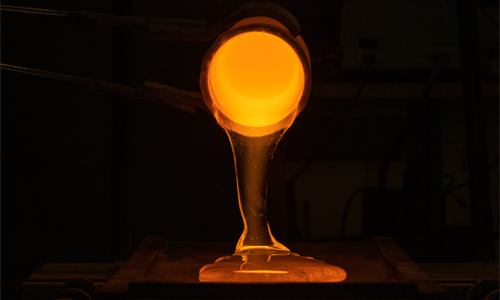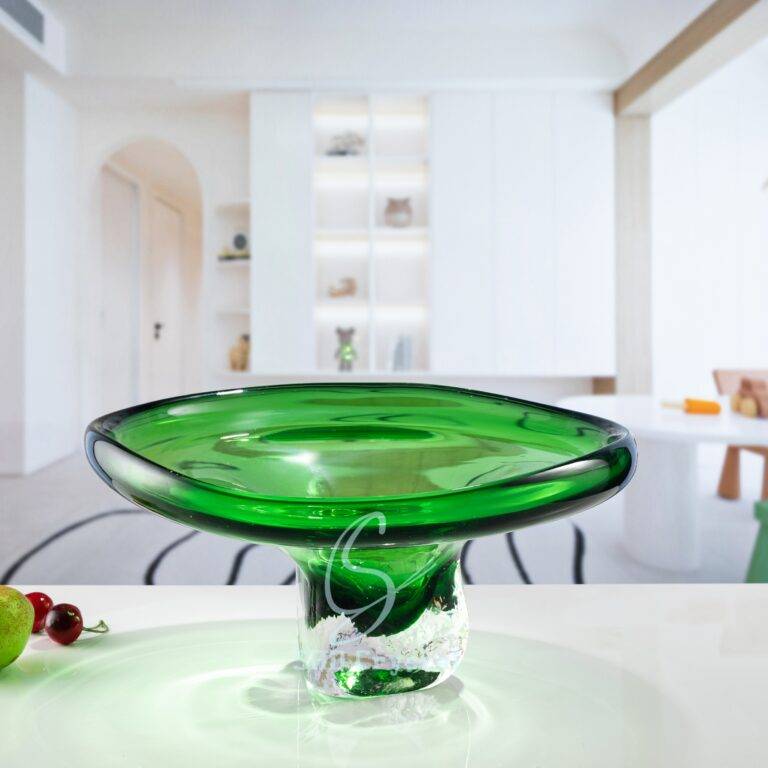> Blogs > The Art of Fire: Uncovering the Secrets of the Crystal Glass Melting Process
The Art of Fire: Uncovering the Secrets of the Crystal Glass Melting Process
Core keyword: crystal glass melting process, handmade crystal, crystal craftsmanship
Crystal glass—often admired for its brilliant clarity and elegance—owes its aesthetic appeal to a complex and precise transformation process: the crystal glass melting process. This ancient yet evolving art blends raw material science with artisanal intuition. While modern technology improves consistency, it’s the traditional mastery of fire that gives each piece its soul and reflects the enduring spirit of crystal craftsmanship.
Understanding the Crystal Glass Melting Process: Temperature, Timing, and Technique

The crystal glass melting process begins with a carefully balanced mixture of quartz sand, lead oxide or potassium oxide (depending on whether it’s lead crystal or lead-free), soda ash, and other refining agents. These are placed into a crucible and heated to temperatures as high as 1400–1500°C (2552–2732°F). At this stage, exact temperature control is critical—too low and the batch remains cloudy; too high and the material becomes unstable.
🛠️ Master Liu, 4th-generation glassblower for us. He said, “You learn to read the fire. Mistime it, and the glass won’t forgive. It’s all about precision—start too early, and it collapses; delay a bit, and you lose the shine.”
Once melted, the viscous glass is gathered by artisans using hollow steel blowpipes. Timing is crucial; depending on the furnace atmosphere, the glass begins cooling within seconds. Skilled workers manipulate the molten material through a combination of blowing, swinging, and molding—each gesture leaving a unique mark. This is where handmade crystal truly takes form—every bubble, curve, or ripple reflects a deliberate choice, not a factory defect.
According to a 2023 report by the European Glass Society, over 65% of defects in luxury crystalware originate during the melting and initial forming stage, emphasizing how foundational this step is to final quality.
Beyond basic shaping, coloration, and bubble patterns are often controlled directly during the melting stage by adjusting the ratio of mineral additives or introducing fine air via deliberate agitation. These artistic effects must balance chemical stability with visual beauty, showcasing the highest level of crystal craftsmanship.
Why Melting Matters: From Purity to Personality
Shaping the First Hollow Flame: Primitive Tools, Lasting Genius
Getting the crystal glass melting process right does more than ensure clarity—it defines the strength, brilliance, and final personality of each piece. It determines:
Refractive Index
High-purity melts increase light dispersion, giving the crystal its signature sparkle.
Density and Strength
Controlled melting ensures balanced molecular alignment.
Artisan Workability
Viscosity at the right moment determines whether a piece can be hand-shaped or not.
In luxury glassware, especially handmade crystal collections, customers increasingly demand authenticity over replication. That authenticity begins—literally—in the heat of the furnace.
At SHD Crystal, our furnace is not just a machine—it’s a stage where tradition and innovation perform daily. With roots in heritage blowing techniques and fine-tuned temperature control, our team is capable of producing a wide range of crystal glass decorative pieces. Each product begins with the crystal glass melting process, where precision and passion combine to celebrate timeless crystal craftsmanship.
Contact us to explore our capabilities—from classic to avant-garde, we can melt your vision into reality.


- : info@shdcrystal.com
- : +86-755-2335 8353
- : No. 68 Shasong Road, Shajing Street, Bao'an District, Shenzhen, Guangdong Province
Follow us